The Journey Begins
When does a pilgrim officially become a pilgrim? Is it the first intentional step out the door in the direction of the final destination? Exiting the airplane in the city where one’s route begins? When you receive your “credencial” (like a pilgrim’s passport) with its very first stamp? Or that very first step away from the cathedral that is seen as an initiation point?

Origins
On El Camino de Santiago, or the Way of Saint James, there are numerous officially recognized routes, and pilgrims coming from every corner of the globe. This pilgrimage has been in place for over a millennium, formally recognized as one of the three primary pilgrimages for the Catholic church (the other two being Rome and Jerusalem). But after a season of popularity in the Middle Ages, there was a long window of very sparse attendance. Several decades ago, the flame was kindled, and now hundreds of pilgrims reach Santiago de Compostela every day (up to thousands in the height of the season).
Why a pilgrimage to Spain? Tradition tells us that St. James, one of Jesus’ closest disciples, was indeed martyred in Jerusalem, but his body was taken by his disciples on a ship that miraculously made it all the way to Spain. Although for a long time nobody knew where his remains were, some say it was revealed to a shepherd by the light of a shining star (hence the Latin “compus stellae,” or field of the star). Ultimately an enormous cathedral was built at the center of what is now Santiago de Compostela. When not in Mass, one can descend into the heart of the cathedral to pay homage to St. James in his tomb.

Motivations
As majestic as it may be, not all come just to see St. James’ cathedral. While the motivation for some is purely “religious” (apparently it can be prescribed as penance by a priest, but is usually voluntary), I would say today most have mixed motivations. There is spiritual hunger present for many, but it is also seen as a cultural experience, a physical challenge, or a break from a hectic lifestyle. The appearance of El Camino in various books and movies contributed to a growing fascination with the experience.
From Dream to Departure
I don’t remember where I first heard of it, but the idea of completing the pilgrimage had been present for a long time. There was a strong appeal to the idea of setting aside a couple weeks for the active practice of spiritual disciplines and the relational experience of interacting with pilgrims around the globe. These practices fall in line with the greatest commandments: Love God (spiritual disciplines) and love others (the pilgrim community). The physical side, walking about 170 miles from Porto to Santiago de Compostela, was both daunting and a little exciting.
When my husband and I were looking at how to spend a couple of weeks between seeing his family in Europe and going to do ministry in Africa, the possibility of doing the pilgrimage came up. He had mentioned interested in seeing Portugal. What better way of experiencing Portugal than walking through it? I put the idea on the table; he jumped on board. We started “preparing” with hikes (not exactly 20 km at a time), travel plans, shoe-shopping, and reading more and more about the experience.
At the Starting Point
In May we arrived in the Porto airport, and had no trouble catching the metro and walking to the albergue (a hostel for pilgrims) where we had booked three nights. We checked in and got our “pilgrim’s passport” in which we would get stamps at various stops along the way. Still wrapping other details up, I had Zoom calls with my dissertation students, and started re-packing my backpack (we also had a suitcase, which the albergue was kindly letting us leave there).
We had a light dinner of food we brought with us and various conversations with the volunteer staff and other peregrinos (pilgrims). Most were, like us, just getting ready to launch, as Porto is a common starting point for El Camino Portugues. But a few had already been on the road for some time (some starting in Lisbon) and others had just completed El Camino and were about to head home. It was all becoming real.
Walking through the Book of James
When thinking about ways to incorporate spiritual disciplines and intentionally spend time centered on God, I wanted to choose a book of the Bible to focus on, meditate in, even memorize (confession: I didn’t get very far on that piece; after a couple days I realized I would be going way to slowly to get through the book in full memorization).

The book of James seemed an appropriate one to study, with our pilgrimage being directed toward the city of Saint James, or Santiago de Compostela. To be clear, James was a common name in the New Testament, and it was unlikely to be the same one. The pilgrimage was dedicated to “James the Greater,” (named that by his physical stature) the brother of John and one of Jesus’ closest friends. His bones were the ones said to lie in Santiago. The author of James is more likely to be the brother of Jesus, but it still seemed an appropriate book to explore. I prayed this would be a time of learning and discovery for me, but also potentially a series of writings to share with others. Now I share them with you. You are most welcome to step with me onto this road, and into this series of posts.
James, a bond-servant of God and of the Lord Jesus Christ,
James 1: 1-2
To the twelve tribes who are dispersed abroad: Greetings.
“…dispersed abroad.”
What an appropriate, broad audience on a road full of international diversity! From our first night, before even starting the pilgrimage, we met representatives from a wide range of countries, speaking an abundance of languages. Many of Paul’s letters were to specific churches, dealing with specific issues arising in those places.
This letter was to be relevant for the “twelve tribes,” simply suggesting all the people of God. Just as James identified himself as a bond-servant to God, to Jesus, all of us are called to give our lives completely to Christ, our very identity belonging to Him. It is almost an oxymoron: willingly surrender our wills.
In some ways that is the essence of a pilgrimage: surrendering days or weeks to a walk a path already set for us to follow. It is an individual decision and commitment, made with full awareness that it might include strain and discomfort, but also with the anticipation of learning, growth, joyful interactions with God and with people.
What if we did that every day of our lives?
Prayer:
This day is Yours, Lord. I want to follow Your Way, to be in line with Your will. Direct and guide my every step. Give me the strength needed for every challenge faced. Make me a blessing to those around me. Grant me the joy of seeing Your hand at work and participating in Your love and glory.
Reflective Response:
- Where are you in your own pilgrimage of life? What direction are you headed?
- What does full, daily surrender mean to you? Think about anything you hold on to tightly and find difficult to give back to God. Ask Him for help when needed.
- Who could share this pilgrimage devotion with you? Think about inviting someone and discussing the book of James along the way. Also feel free to share your thoughts in the comments!
Would you like to be notified about future posts? Subscribe here!
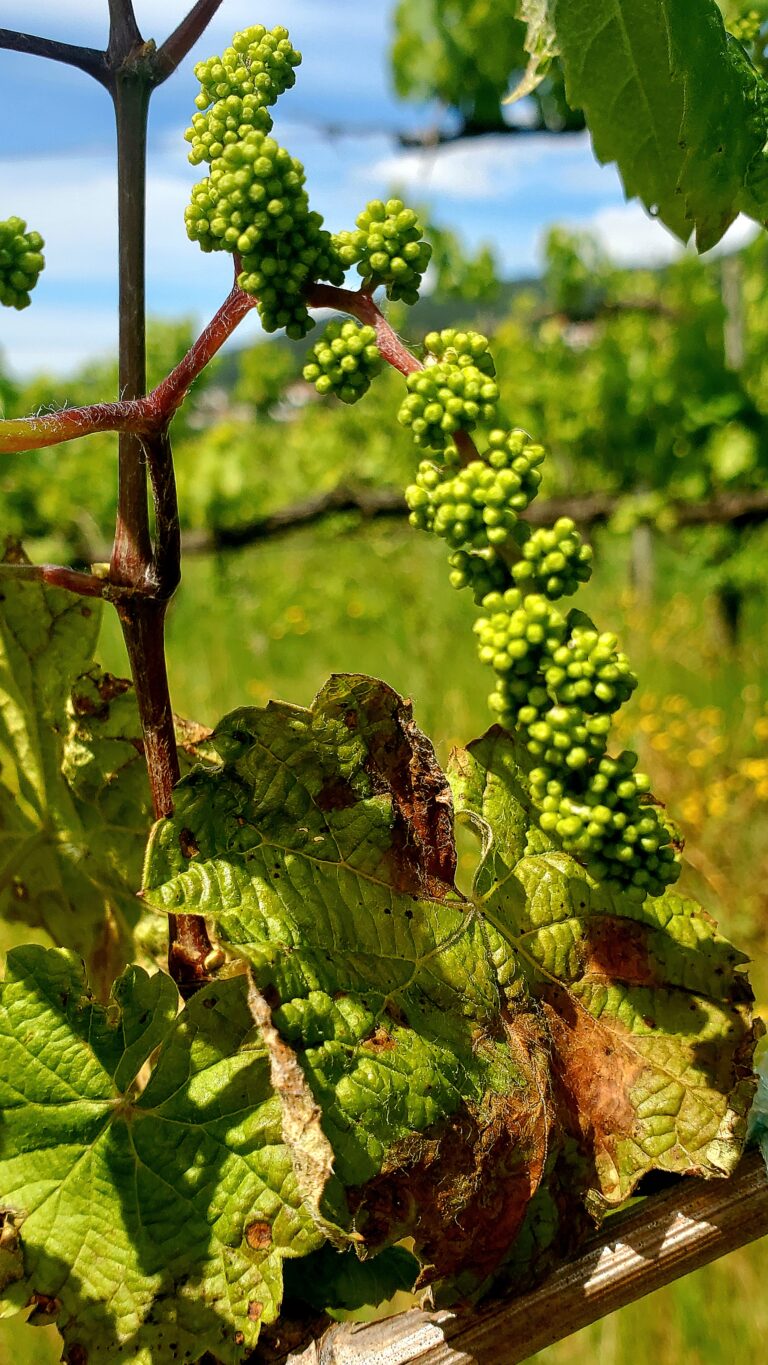
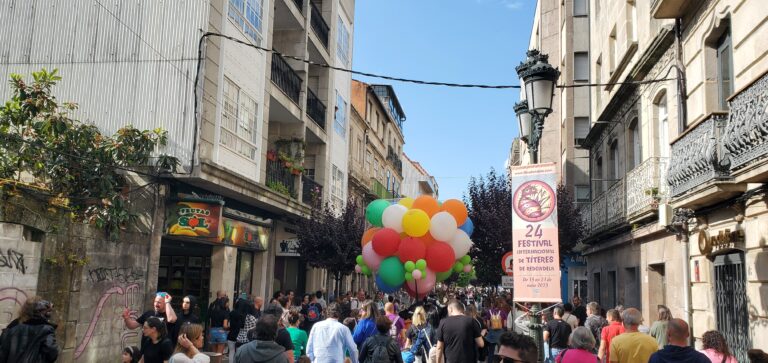
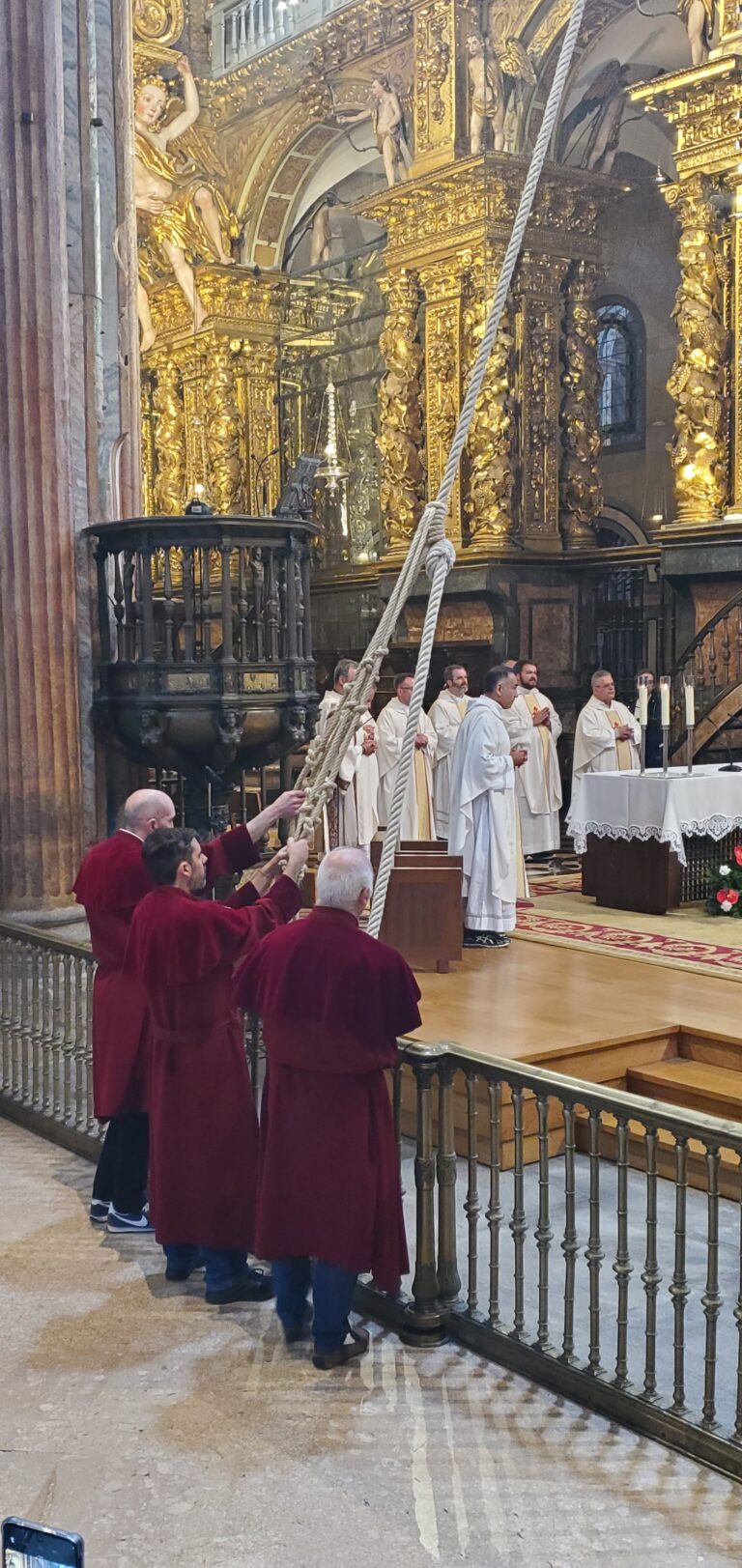
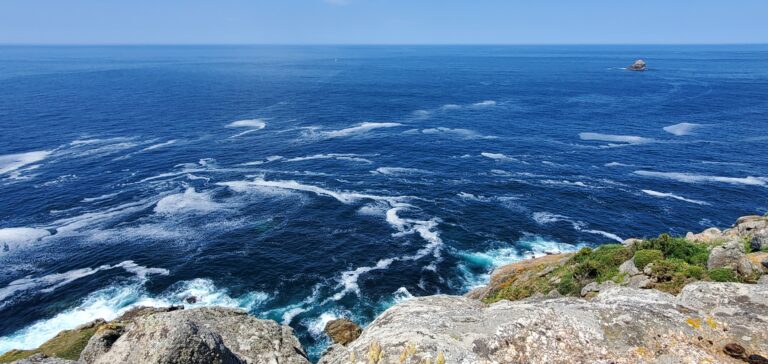
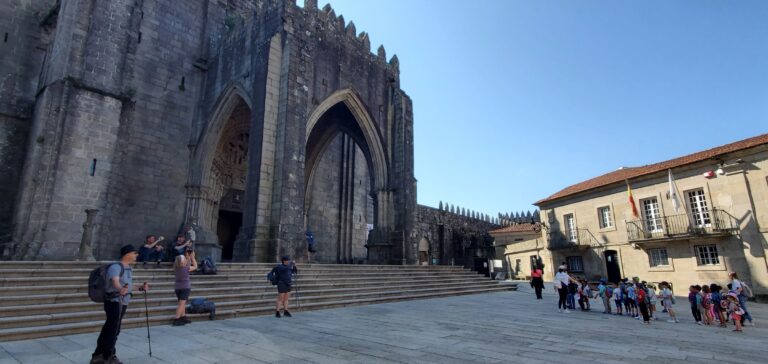
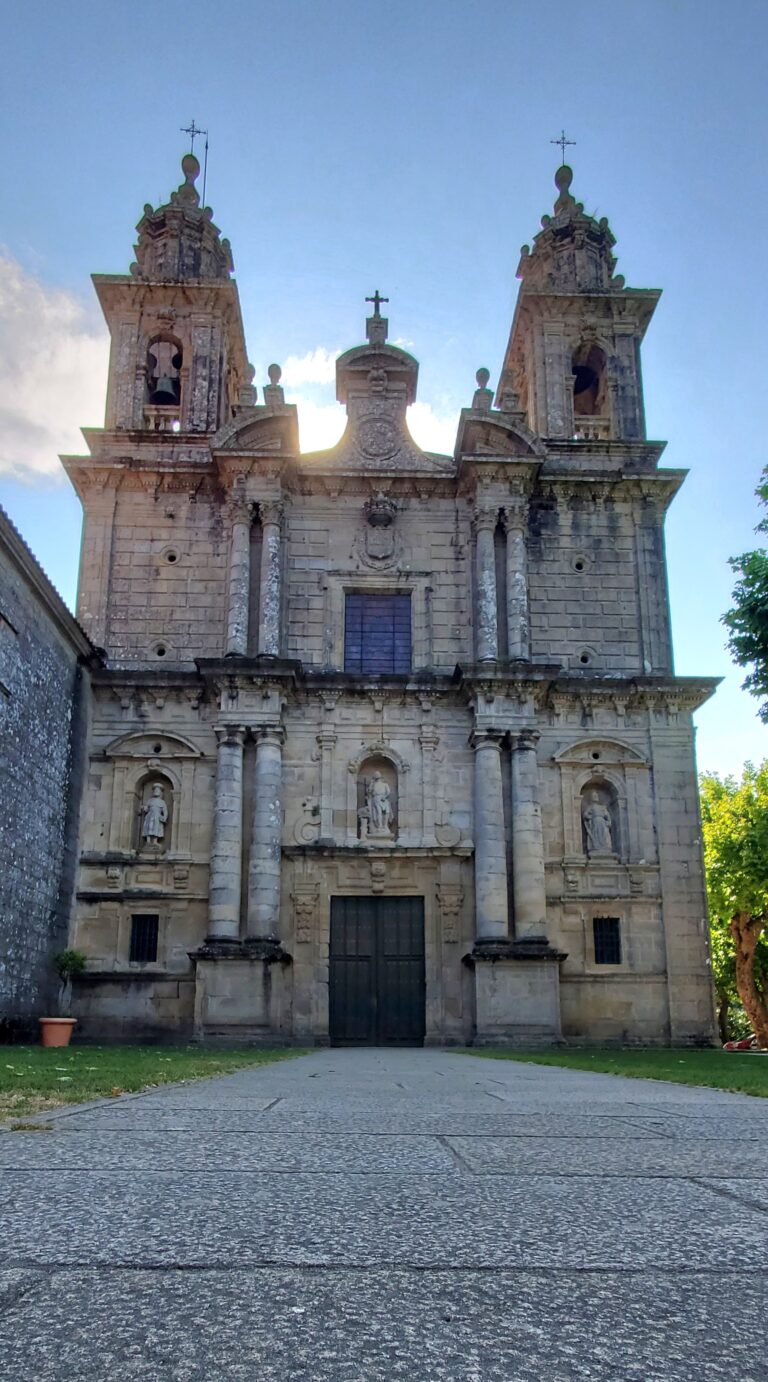
What an inspirational journey! I enjoyed reading about your experience and impressions of the Camino. The photos really capture the beauty of the landscapes and quaint towns along the way. Completing the entire 500 mile trek is an impressive accomplishment. This makes me want to embark on a pilgrimage like this someday as well.
Thanks Mark!
We were actually on the Camino Portugues, not quite the 500 mi of the Camino Frances (the most popular one), but it was very fulfilling.
More photos in the days to come! 🙂
Blessings,
Emily